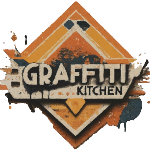

Source: Articles on Smashing Magazine — For Web Designers And Developers | Read More
Job openings typically cast a very restrictive frame for candidates, with long lists of expectations and requirements. But what if this narrow focus can overlook the value of “V”-shaped designers who excel by crossing boundaries, connecting dots, and innovating beyond rigid boxes?
Many job openings in UX assume very specific roles with very specific skills. Product designers should be skilled in Figma. Researchers should know how to conduct surveys. UX writers must be able to communicate brand values.
Successful candidates must neatly fit within established roles and excel at tools and workflows that are perceived as the best practice in the industry — from user needs to business needs and from the problem space to the solution space.
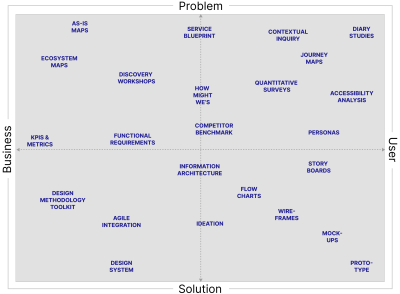
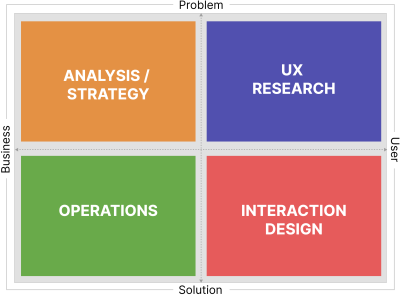
There is nothing wrong with that, of course. However, many companies don’t exactly know what expertise they actually need until they find the right person who actually has it. But too often, job openings don’t allow for any flexibility unless the candidate checks off the right boxes.
In fact, typically, UX roles have to fit into some of those rigorously defined and refined boxes:
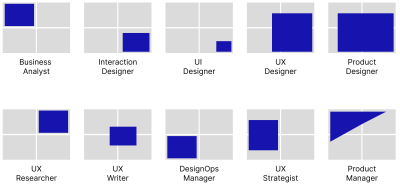
Job openings typically cast a very restrictive frame for candidates. It comes with a long list of expectations and requirements, mostly aimed at T-shaped designers — experts in one area of UX, with a high-level understanding of adjacent areas and perhaps a dash of expertise in business and operations.
But as Brad Frost noted, people don’t always fit squarely into a specific discipline. Their value comes not from staying within the boundaries of their roles but from intentionally crossing these boundaries. They are “V”-shaped — experts in one or multiple areas, with a profound understanding and immense curiosity in adjacent areas.
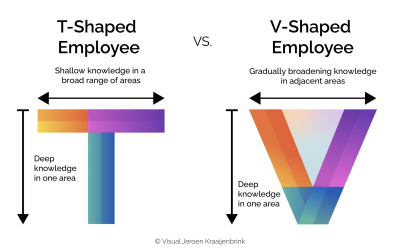
In practice, they excel at bridging the gaps and connecting the dots. They establish design KPIs and drive accessibility efforts. They streamline handoff and scale design systems. But to drive success, they need to rely on specialists, their T-shaped colleagues.
I sincerely wish more companies would encourage their employees to shape their own boxes instead of defining confined boxes for them — their own unique boxes of any form and shade and color and size employees desire, along with deliverables that other teams would benefit from and could build upon.
🏔️ Hiring? → Maybe replace a long list of mandatory requirements with an open invitation to apply, even if it’s not a 100% match — as long as a candidate believes they can do their best work for the job at hand.
🎢 Seek a challenge? → Don’t feel restricted by your current role in a company. Explore where you drive the highest impact, shape this role, and suggest it.
✅ Searching for a job? → Don’t get discouraged if you don’t tick all the boxes in a promising job opening. Apply! Just explain in fine detail what you bring to the table.
You’ve got this — and good luck, everyone! ✊🏽
If you are interested in UX and design patterns, take a look at Smart Interface Design Patterns, our 10h-video course with 100s of practical examples from real-life projects — with a live UX training later this year. Everything from mega-dropdowns to complex enterprise tables — with 5 new segments added every year. Jump to a free preview.

100 design patterns & real-life
examples.10h-video course + live UX training. Free preview.